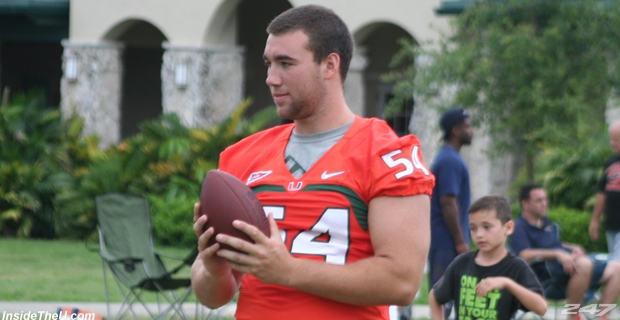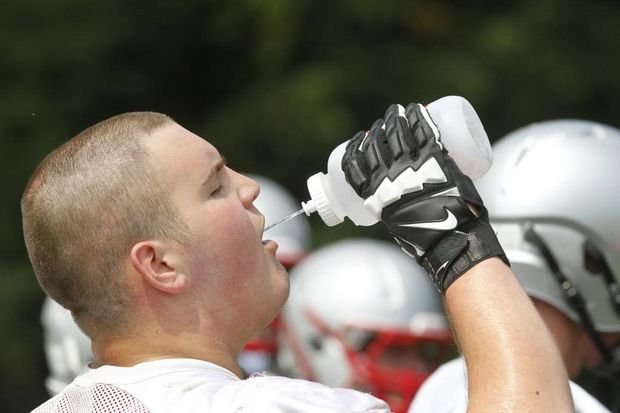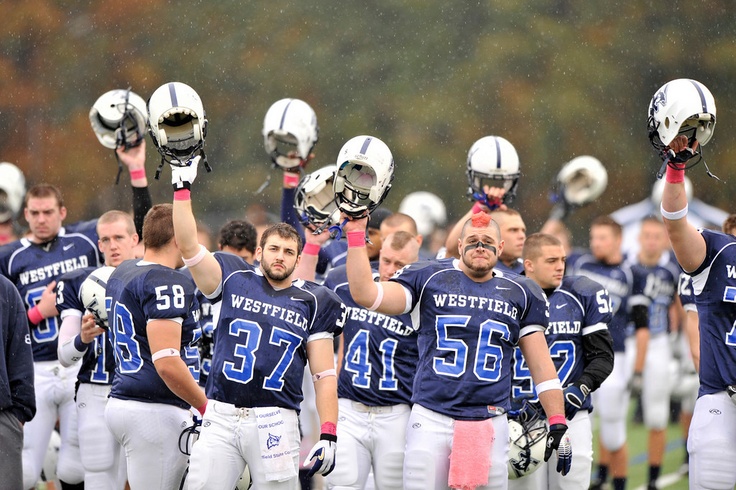
Article reposted from The Press and Standard
Author: Cindy Crosby
In case you haven’t noticed — it is hot! With participation in outdoor fall sports beginning, schools and coaching staffs are taking extra precautions to keep their athletes safe from heat-related issues. In recent visits to both area high schools, coaches and staff members were following strict guidelines to help ensure the safety of their players.
According to the National Weather Service, heat is a leading weather-related issue in the United States that results in fatalities or illnesses. With heat advisories popping up throughout the state, it is important to monitor the heat index, a measure of how hot it really feels when relative humidity is factored together with the actual air temperature. During extremely hot and humid weather, the body’s ability to cool itself is challenged, which can result in heat cramps, heat exhaustion or even a heat stroke.
Cortney Bowers, certified athletic trainer for Colleton County High School, is cranked up for football season – meaning she’s on-duty during practice to help ensure the players’ safety. According to Bowers, South Carolina does not have actual heat regulations, but most athletic trainers within the state use a work/rest/water and continuous work/water consumption guideline made available by Fort Jackson.
“The guidelines are a way for us to categorize the temperature-vs.-work ratio to gauge when we should stop practice due to temperatures,” explained Bowers. “Athletes often don’t realize the toll heat takes on their bodies until they are suffering from a heat-related condition. As temps hit the high notes, I hit the water bottles and get out the Kestrel,” said Bowers. “The Kestrel is a dry-bulb/wet-bulb globe thermometer which measures temperature, humidity and heat index. It will work standing in the middle of a football field.”
Bowers is also charged with helping keep the players hydrated during practice. “I try to keep every player as hydrated as possible throughout practice, with plenty of water on the practice field,” said Bowers. “I have 18-20 sets of water bottles, so each coach has two sets of their own in groups. I have two 20-gallon water boys that I use on opposite sides of the practice field. The linemen, who tend to be bigger, have 4-to-5 sets of bottles and a 20-gallon water boy to help keep them hydrated. Last year, we had a continuous feed water boy purchased for us, which enables me to put ice in the chest and plug it up to a water hose for a continuous flow. On standby, I have 7-8 ten-gallon coolers filled with just ice to replenish the smaller water boys as needed and keep a seven-gallon cooler with towels, ice, water and ice bags in it for emergency.”
The Cougars will go full gear on Wednesday, which means
Bowers will be going a step further in her preparation. “Once we put pads on, I will have a tent on the sidelines,” said Bowers. “I’ll keep the water under the tent and have tubs set up for emergency cold soaks or just for the guys to take a nice dip after practice. I also have the whirlpool inside that is ready to go if needed.”
According to Bowers, part of staying safe in the dangerous heat begins before athletes step on the field. “I preach to these kids to drink lots and lots and lots of water,” she said. “Although some Gatorade is acceptable, nothing beats water. Gatorade, which is heavy in sugar, can actually cause cramping. So, I always tell players if they drink Gatorade, fill the empty bottle back up with water. It is also very important to eat in the mornings before practice — whether it’s eggs and bacon or a peanut butter sandwich, it gives them the necessary energy for practice and helps reduce overheating. Dressing in loose fitting, comfortable clothing or heat gear, is another component to staying cool.”
The State of South Carolina has mandated that all coaches take an annual test through the National Federation of State High Schools on heat illness prevention, concussions and sudden cardiac arrest. This precaution allows coaches to know the signs and symptoms and to both stay educated and help educate.
“With coaches and athletic trainers understanding what to watch for, it means more eyes to watch for signs and symptoms, which is better for our athletes,” said Bowers.








